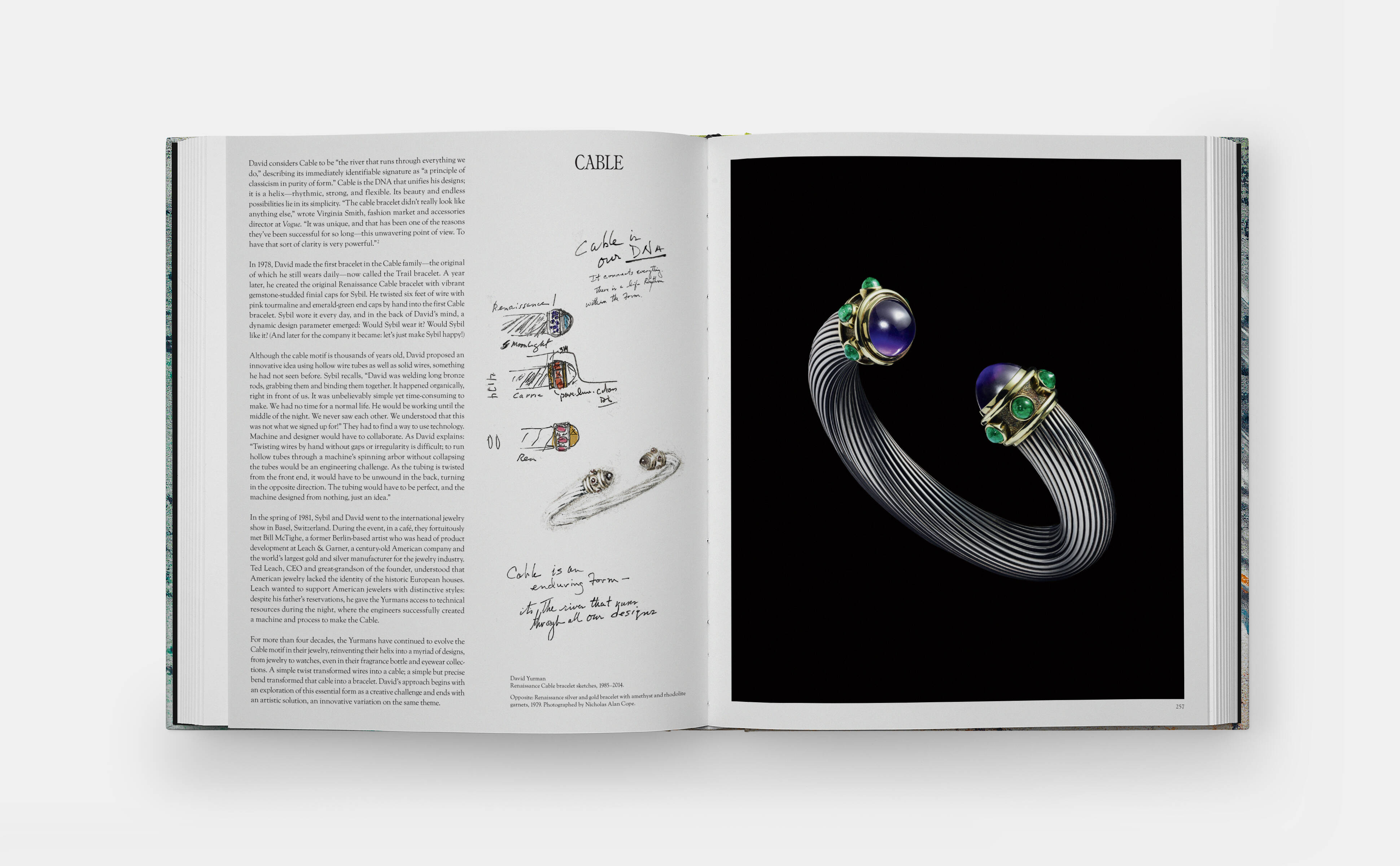
The story behind David Yurman's cable bracelet
Yurman's most famous piece was the result of a simple question: Would Sybil like it?
Contemporary style watchers can't have failed to notice that over the last four decades, artists and jewelers Sybil and David Yurman have continued to evolve the cable motif in the exquisite works they create, reinventing their original design into a myriad of items, from jewelry to watches, even in the fragrance bottle and eyewear collections the New York City based design house produces.
David Yurman considers Cable to be “the river that runs through everything we do,” describing the immediately identifiable design as “a principle of classicism in purity of form.”
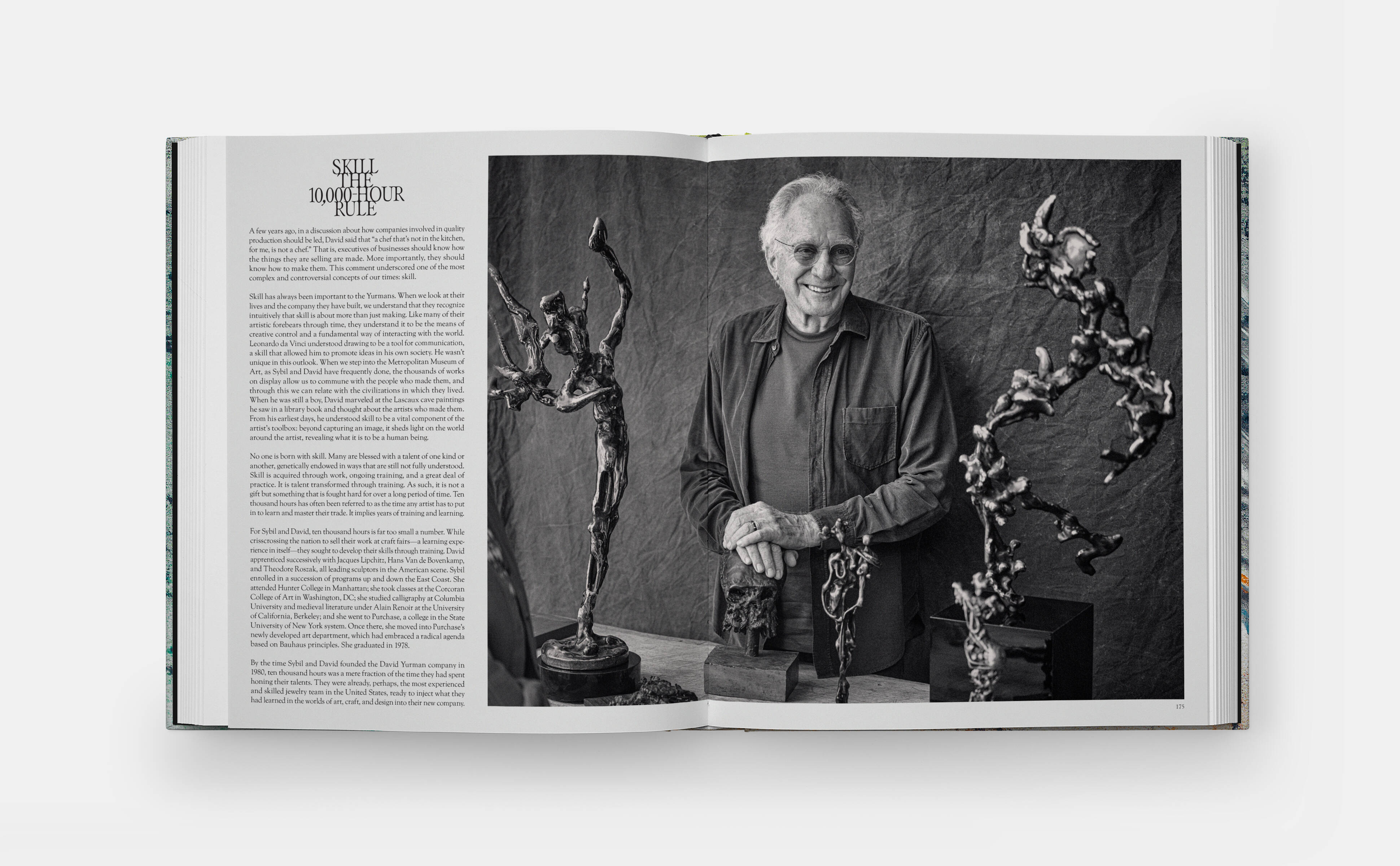
“The cable bracelet didn’t really look like anything else,” says Virginia Smith, fashion market and accessories director at Vogue. “It was unique, and that has been one of the reasons they’ve been successful for so long—this unwavering point of view. To have that sort of clarity is very powerful.”
The story of how a simple twist transformed wires into a cable - and a simple but precise bend transformed that cable into a bracelet - is one of many told in our forthcoming book Sybil and David Yurman Artists and Jewelers.
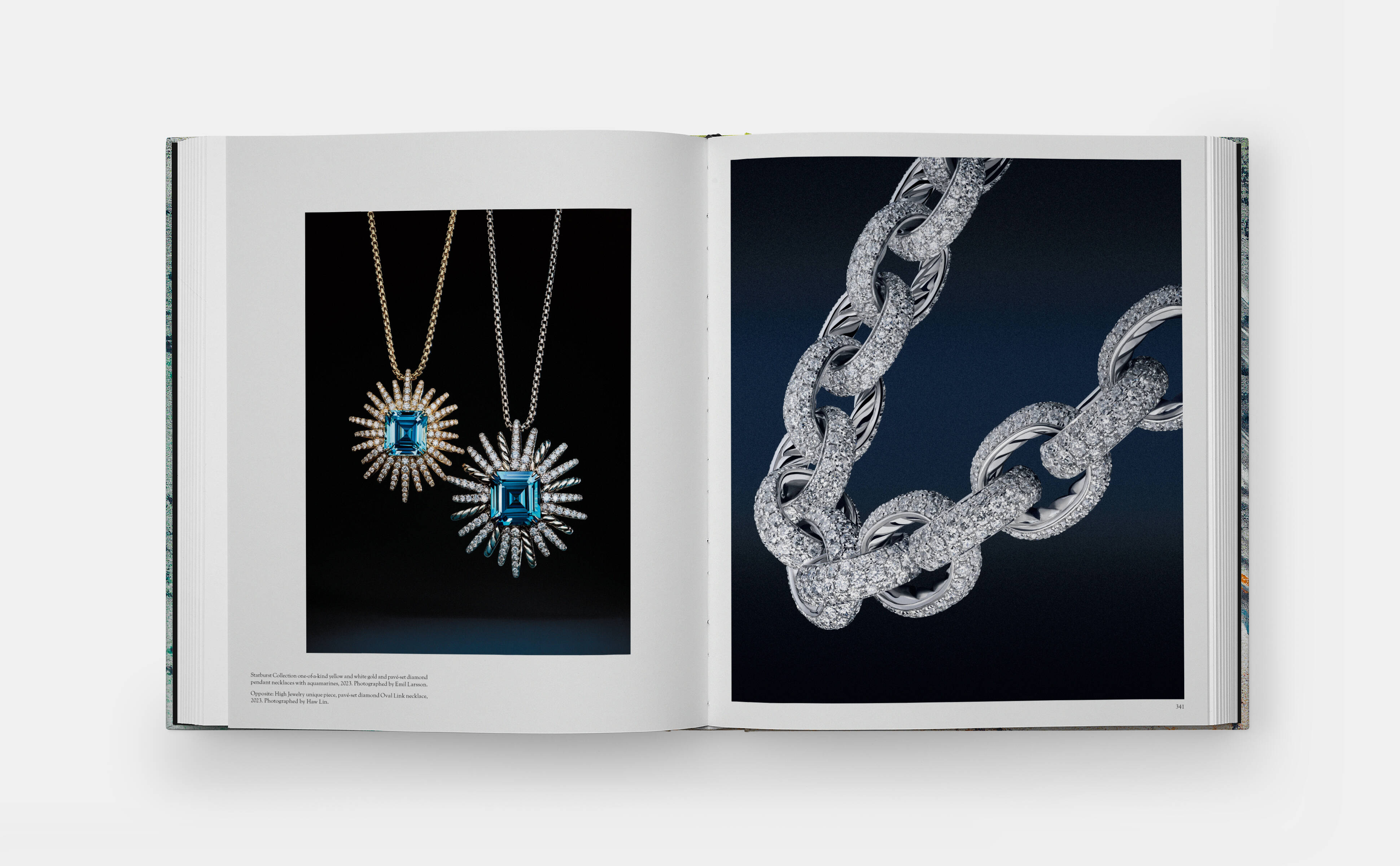
Showcasing Sybil’s work as a painter and David’s as a sculptor, the book explores how the Yurmans’ artistic practices are inextricably intertwined with their jewelry-making. With archival materials, family photographs, original design sketches, stunning jewellery portraits, and behind-the-scenes images of their famous campaigns, readers will get an inside look at their creative journey and the company’s history.
In 1978, David made the first bracelet in the Cable family—the original of which he still wears daily—now called the Trail bracelet. A year later, he created the original Renaissance Cable bracelet with vibrant gemstone-studded finial caps for Sybil. He twisted six feet of wire with pink tourmaline and emerald-green end caps by hand into the first Cable bracelet.
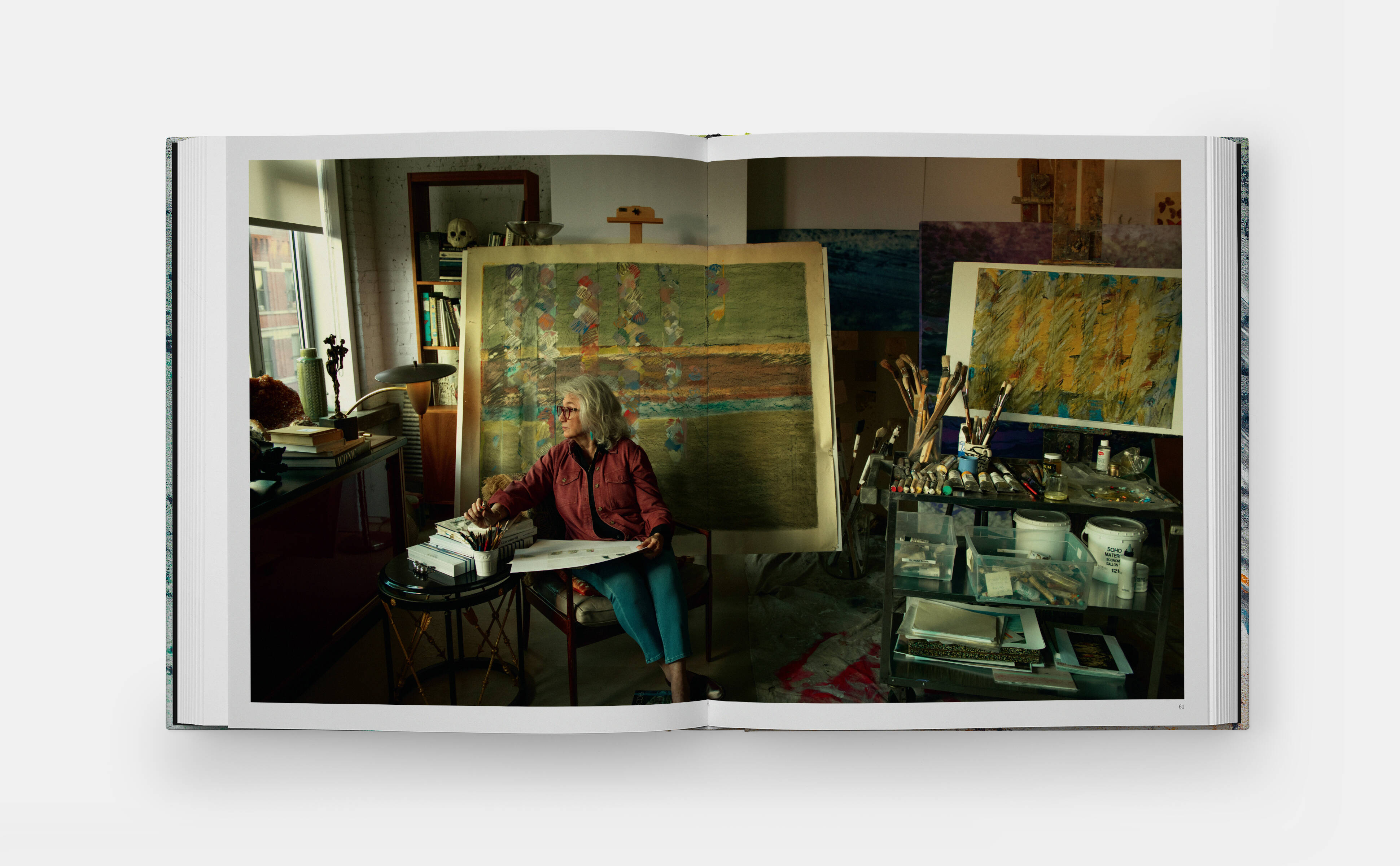 A spread from the book
A spread from the book
Sybil wore it every day, and in the back of David’s mind, a dynamic design parameter emerged: Would Sybil wear it? Would Sybil like it?
Although the cable motif is thousands of years old, David proposed an innovative idea using hollow wire tubes as well as solid wires, something he had not seen before. Sybil recalls, in the book. “David was welding long bronze rods, grabbing them and binding them together. It happened organically, right in front of us. It was unbelievably simple yet time-consuming to make. We had no time for a normal life. He would be working until the middle of the night. We never saw each other. We understood that this was not what we signed up for!”
They had to find a way to use technology. Machine and designer would have to collaborate. As David explains: “Twisting wires by hand without gaps or irregularity is difficult; to run hollow tubes through a machine’s spinning arbor without collapsing the tubes would be an engineering challenge. As the tubing is twisted from the front end, it would have to be unwound in the back, turning in the opposite direction. The tubing would have to be perfect, and the machine designed from nothing, just an idea.”
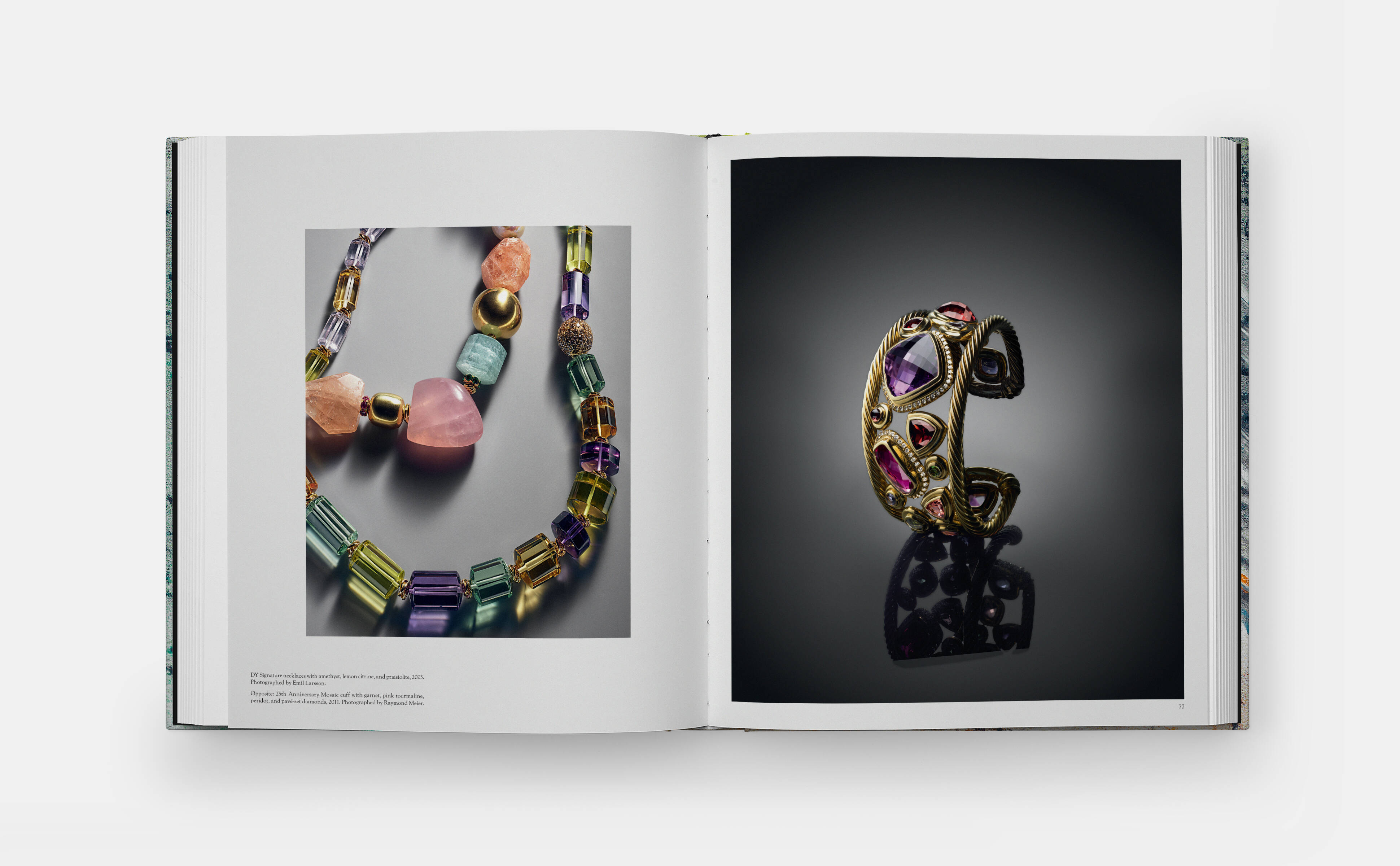 A spread from the book
A spread from the book
In the spring of 1981, Sybil and David went to the international jewelry show in Basel, Switzerland. During the event, in a café, they fortuitously met Bill McTighe, a former Berlin-based artist who was head of product development at Leach & Garner, a century-old American company and the world’s largest gold and silver manufacturer for the jewelry industry.
 A spread from the book
A spread from the book
Ted Leach, CEO and great-grandson of the founder, understood that American jewelry lacked the identity of the historic European houses. Leach wanted to support American jewelers with distinctive styles: despite his father’s reservations, he gave the Yurmans access to technical resources during the night, where the engineers successfully created a machine and process to make the Cable. The rest, as they say, really is history.
Take a look at Sybil and David Yurman Artists and Jewelers and check back soon for more stories from the book on Phaidon.com.
